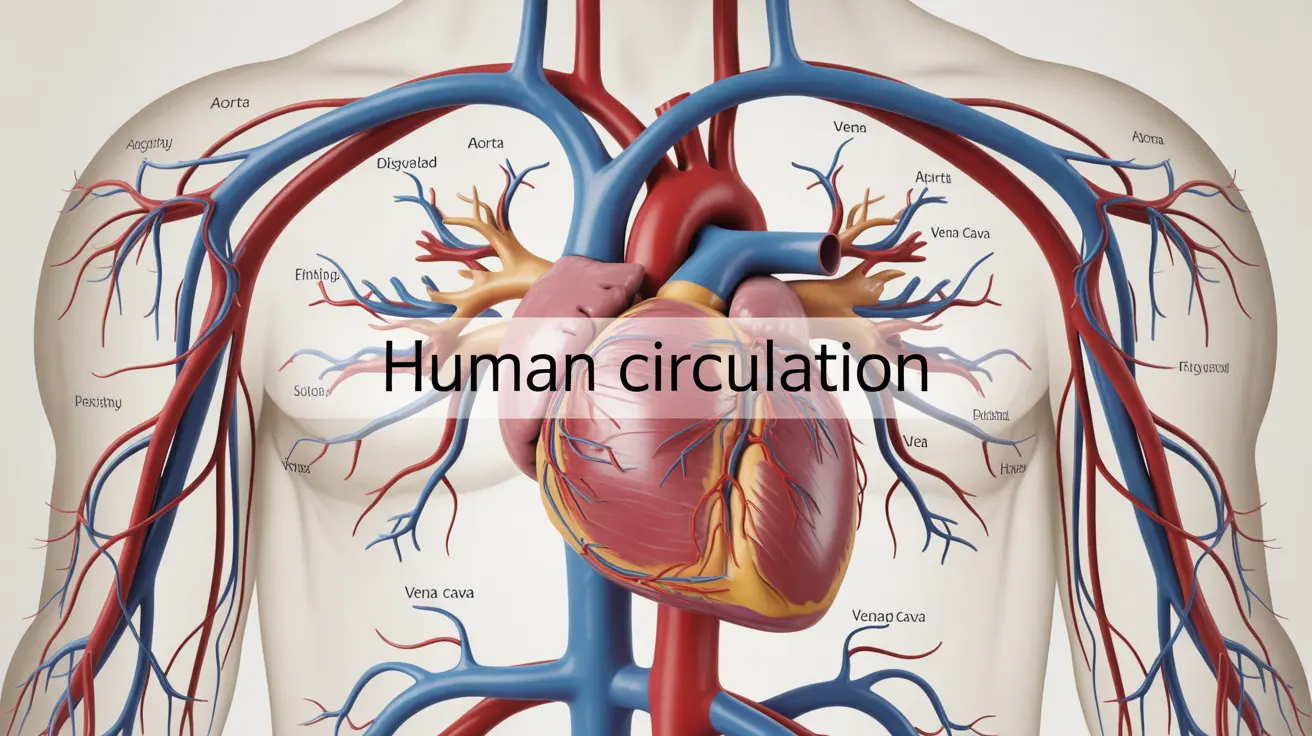Circulation issues affect millions of people worldwide, impacting their daily lives and overall health. When blood flow becomes compromised, it can lead to various uncomfortable symptoms and potentially serious health complications. Understanding the signs, causes, and management strategies for circulation issues is crucial for maintaining optimal health and preventing long-term problems.
This comprehensive guide will explore the key aspects of circulation issues, including recognition of symptoms, effective management strategies, and important preventive measures to help you maintain healthy blood flow throughout your body.
Recognizing the Signs of Poor Circulation
Identifying circulation issues early is crucial for proper management and prevention of complications. Common indicators include:
- Numbness or tingling in extremities
- Cold hands and feet
- Swelling in lower limbs
- Slow healing of wounds
- Fatigue and muscle cramps
- Skin color changes
- Heavy or aching legs
These symptoms typically develop gradually and may worsen over time if left unaddressed. It's important to pay attention to persistent symptoms and seek medical evaluation when necessary.
Common Causes and Risk Factors
Understanding what leads to circulation issues can help you take appropriate preventive measures. Several factors can contribute to poor circulation:
Medical Conditions
- Peripheral artery disease
- Diabetes
- High blood pressure
- Blood clots
- Heart conditions
Lifestyle Factors
- Smoking
- Sedentary behavior
- Poor diet
- Obesity
- Extended periods of sitting
Lifestyle Changes to Improve Circulation
Making specific lifestyle modifications can significantly improve circulation and overall cardiovascular health:
Exercise and Movement
Regular physical activity promotes better blood flow throughout the body. Incorporate these activities:
- Walking
- Swimming
- Cycling
- Yoga or stretching
- Simple leg exercises while sitting
Dietary Modifications
Certain foods can help improve circulation naturally:
- Omega-3 rich foods
- Dark leafy greens
- Citrus fruits
- Nuts and seeds
- Cayenne pepper
- Garlic and ginger
Medical Treatments and Management
When lifestyle changes aren't enough, various medical interventions can help manage circulation issues:
Medications
- Blood thinners
- Vasodilators
- Blood pressure medications
- Cholesterol-lowering drugs
Medical Procedures
In some cases, medical procedures may be necessary:
- Angioplasty
- Bypass surgery
- Compression therapy
- Sclerotherapy
Preventing Complications
Taking proactive steps to prevent complications from circulation issues is essential:
- Regular medical check-ups
- Monitoring blood pressure
- Maintaining healthy weight
- Staying hydrated
- Managing stress levels
- Avoiding prolonged inactivity
Frequently Asked Questions
What are the primary symptoms of poor circulation, and how do they feel?
Poor circulation typically manifests as numbness or tingling in extremities, cold hands and feet, swelling (especially in legs and ankles), fatigue, and slow-healing wounds. These symptoms often feel like pins and needles, heaviness in limbs, or a persistent cold sensation in affected areas.
How can I manage or improve circulation issues through lifestyle changes and nutrition?
You can improve circulation through regular exercise, maintaining a healthy diet rich in omega-3s and antioxidants, staying hydrated, and avoiding prolonged sitting. Specific activities like walking, swimming, and yoga can be particularly beneficial, while foods like leafy greens, citrus fruits, and nuts can support better circulation.
What are the common causes of poor circulation, and how can I reduce my risk?
Common causes include peripheral artery disease, diabetes, obesity, smoking, and sedentary lifestyle. Reduce your risk by maintaining a healthy weight, exercising regularly, quitting smoking, and managing underlying health conditions like diabetes and high blood pressure.
What medical treatments and medications are available for improving poor circulation?
Medical treatments may include blood thinners, vasodilators, and medications for underlying conditions. In some cases, procedures like angioplasty or bypass surgery might be necessary. Compression therapy and specialized exercises may also be prescribed.
How can I prevent complications from poor circulation, such as heart attacks or strokes?
Prevent complications by maintaining regular medical check-ups, following prescribed treatments, staying active, eating a heart-healthy diet, and managing stress. Early intervention and consistent monitoring of symptoms are crucial for preventing serious complications.




